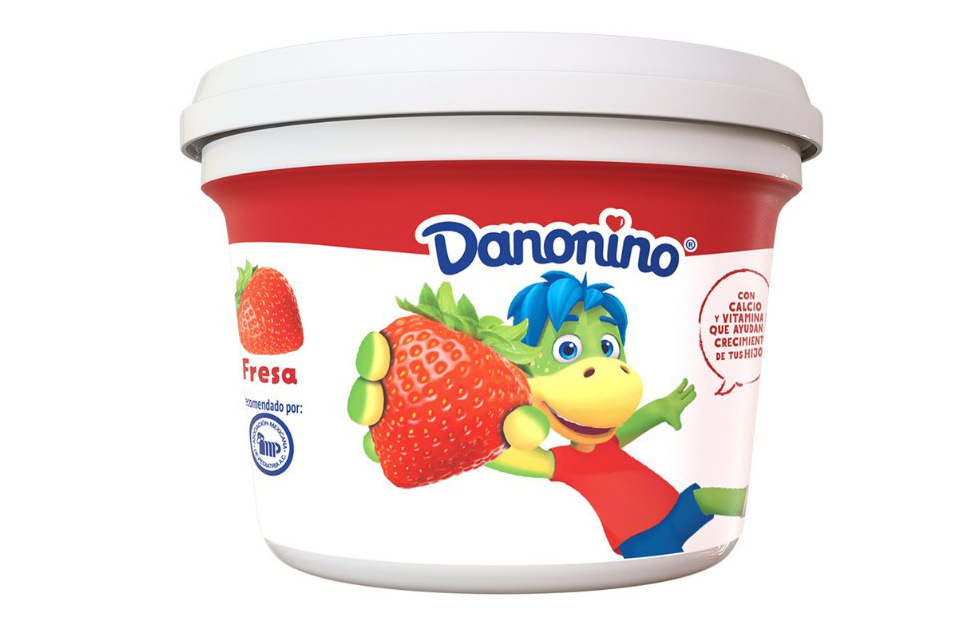Thinwall Packaging Conference Cites Problems in Recycling Infrastructure

Low collection rates of some polymers and looming regulations could upend materials use
AMI’s Thinwall Packaging Conference in Chicago last month highlighted materials challenges in plastics packaging. Much of this stems from a lack of recycling infrastructure in the U.S., which affects collection of plastics waste and thus recycling volume and economics.
Material Deselection
Cory Nook, vice president at global food processor Danone, offered his perspectives on the future of thinwall packaging in a circular economy.
Nook said 86 percent of Danone’s packaging is recycled content. Corporate goals have shifted somewhat primarily due to challenges with replacing polystyrene (PS). The lack of recycling infrastructure for PS means that design for recyclability efforts exclude the material from consideration. Moreover, laws being drafted in California banning PS will obviate the need for styrene-based packages in the Golden State. Nook suggested that material deselection will cause PS to lose critical mass in the market and potentially enter a downward spiral where economics become untenable.
Despite PET’s higher density than PS, Danone is betting on a decarbonization strategy with lower carbon-footprint materials including lighter-weight PET and more polypropylene (PP) packaging.
In response to consumer trends, the company is adapting its supply chain strategy and identifying greener policies. For example, Danone finds that consumers eat more yogurt when they buy large containers instead of single-serve versions. The (spotty) appearance of refillable products also contributes to larger, bulk-type items, which reduce the overall number of packages used, though it is debatable whether this is sustainable.
Managing the Clock
Diane Marret, sustainability director, consumer packaging North America at Berry Global, said that by 2050 the world will consume 57 percent more electricity, ~25 percent more water and 59-98 percent more food. Increased consumption plus a lack of infrastructure will lead to a massive waste problem. It should be evident to everyone in plastics and packaging that resources, especially financial, should be focused on building the tools, technology and infrastructure necessary to collect and sort the massive amounts of packaging materials that pour into the economy.
Scott Trenor, technical director for the Association of Plastic Recyclers, said going from petrochemicals to polymers follows an efficient, direct, cost-effective route to packaging. Conversely, a 51,000-pound garbage truck stops and starts repeatedly to gather a measly 96 gallons of mixed recyclables. Supply is outstripping collection.
The upside potential to collect, sort and recycle rigid PP and flexible polyethylene is enormous. Given current low rates for both materials, small movements can lead to outsize returns. The Polypropylene Recycling Coalition published data on the third anniversary of its creation: with $10 million in grant funding disbursed, the investments in collection, education and sortation have led to a ninefold increase in the measured period, from 1.2 million pounds to 11 million pounds.
It is likely that these numbers will increase as time goes by. The lesson: targeted funding delivers meaningful and measurable outcomes.
